blog
Interview with featured photographer Rafa Rojas
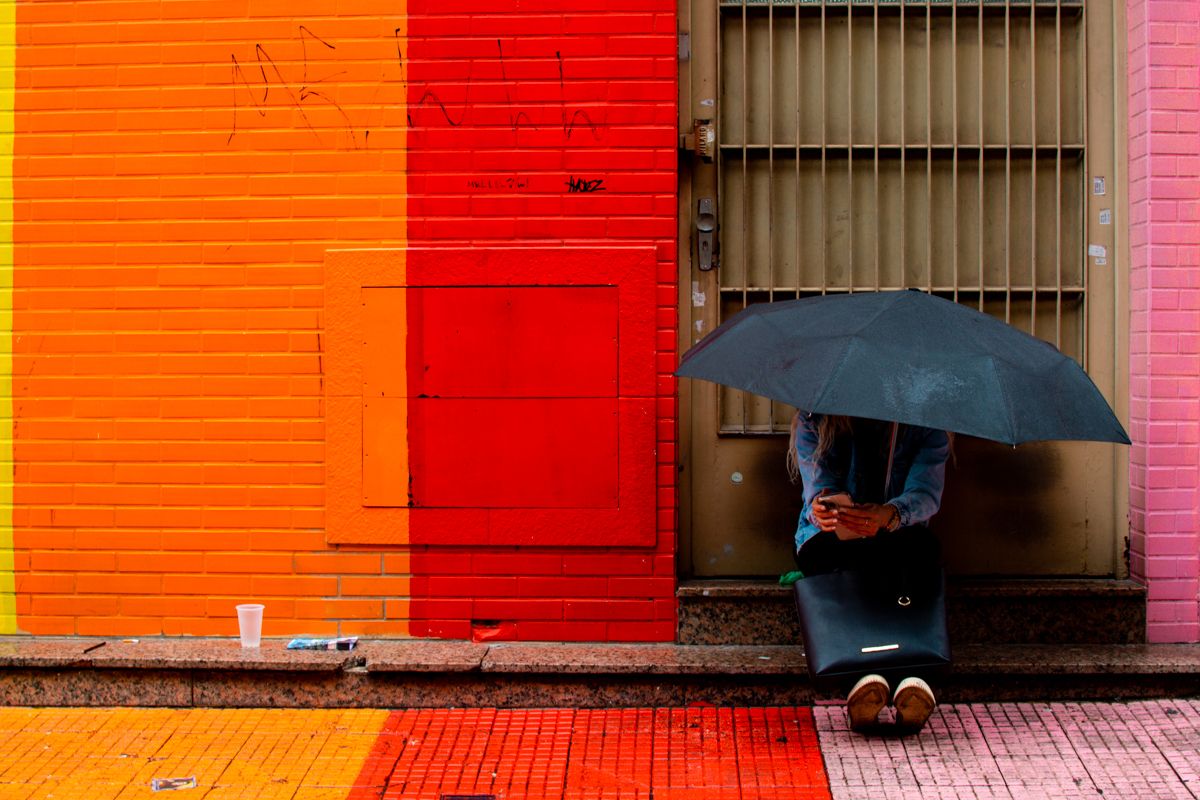
Cai Chuva © Rafa Rojas
Minimal: Simplicity in the extreme, imagery made with only what is essential. Our Issue #127 features the work of Rafa Rojas. The images of his native Brazil capture bold colors, frame spare compositions and present uncluttered views of his beloved city. Ironically, his project, “Colors of a Grey City,” contains pops of bright color and sharp contrast between his main subject and the environments where they appear.
Cary Benbow (CB): Can you tell us a bit about yourself – does where did you grew up and spent your youth influence the way you work/create?
Rafa Rojas (RR): I am from a city called Santo André, located in the metropolitan region of São Paulo. I didn’t grow up in an environment that was very focused on the arts. Until I was about 7 or 8 years old, I remember drawing a lot, even creating small comics, but I think that due to a lack of influence, either at home or at school, my connection with art became more distant until I started college at 18 or 19. Even so, my father had some analog cameras (which are now mine, and I still use them occasionally) and video cameras, and I remember being very attracted to them.
CB: What inspires your art? What kind of stories do you wish to tell?
RR: I really like cinema and watch movies almost daily when possible. They serve as a major influence for everything I do related to photography, but I believe that any type of art (not just photography and cinema) ends up indirectly influencing and inspiring me. I listen to music all day long. When I wake up, the first thing I do is put on some music. When I go out to photograph alone, I’m always wearing headphones, listening to something, and I think this also inspires me and sometimes even sets my mood for shooting. I also admire the work of great artists like Basquiat, Haring, and Hopper. I believe any type of art can serve as influence or inspiration, even unconsciously.
CB: Of the times you’ve shared/shown your work so far, what exhibition had the biggest impact on your career, or left a lasting impression?
RR: This year, I was selected to exhibit “Colors of a Grey City,” which I call “Cores de São Paulo” here in Brazil, at the MIS (Museum of Image and Sound), one of the most important museums and archives in Latin America. My exhibited work was also added to their collection, which was a huge achievement for me, both personally and professionally.
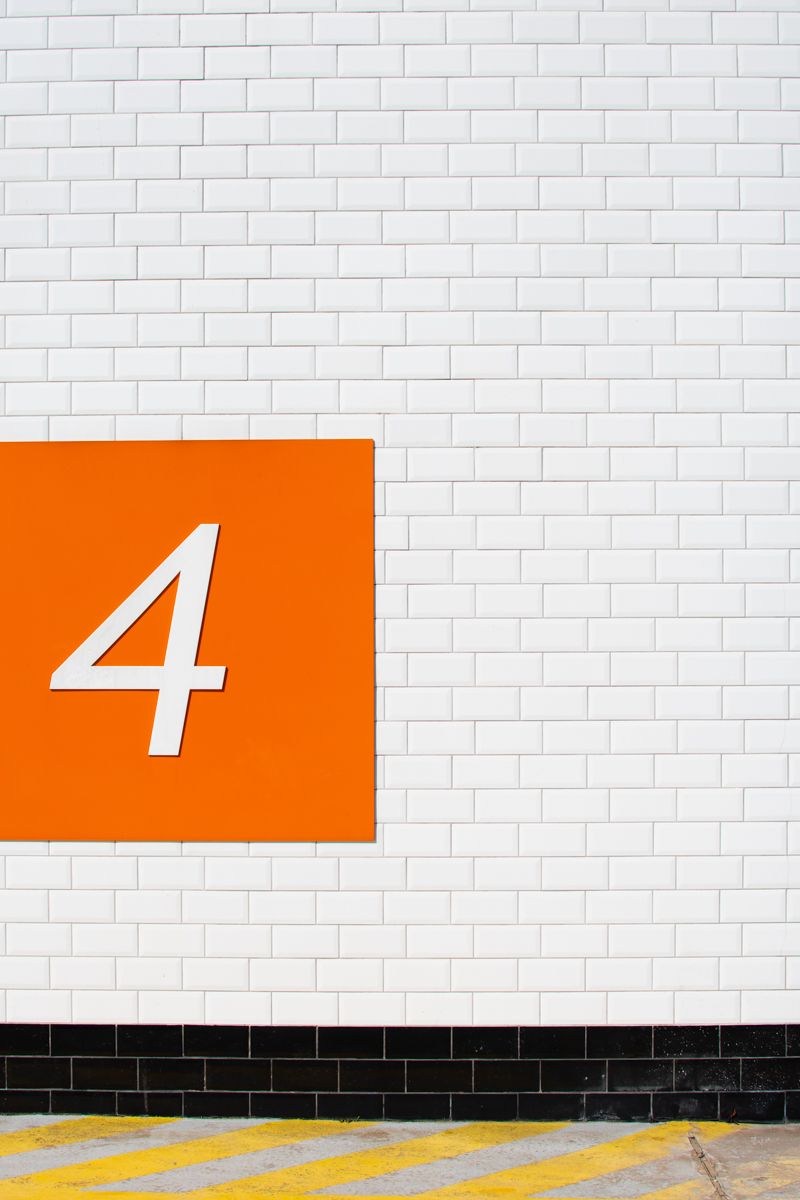
4 © Rafa Rojas
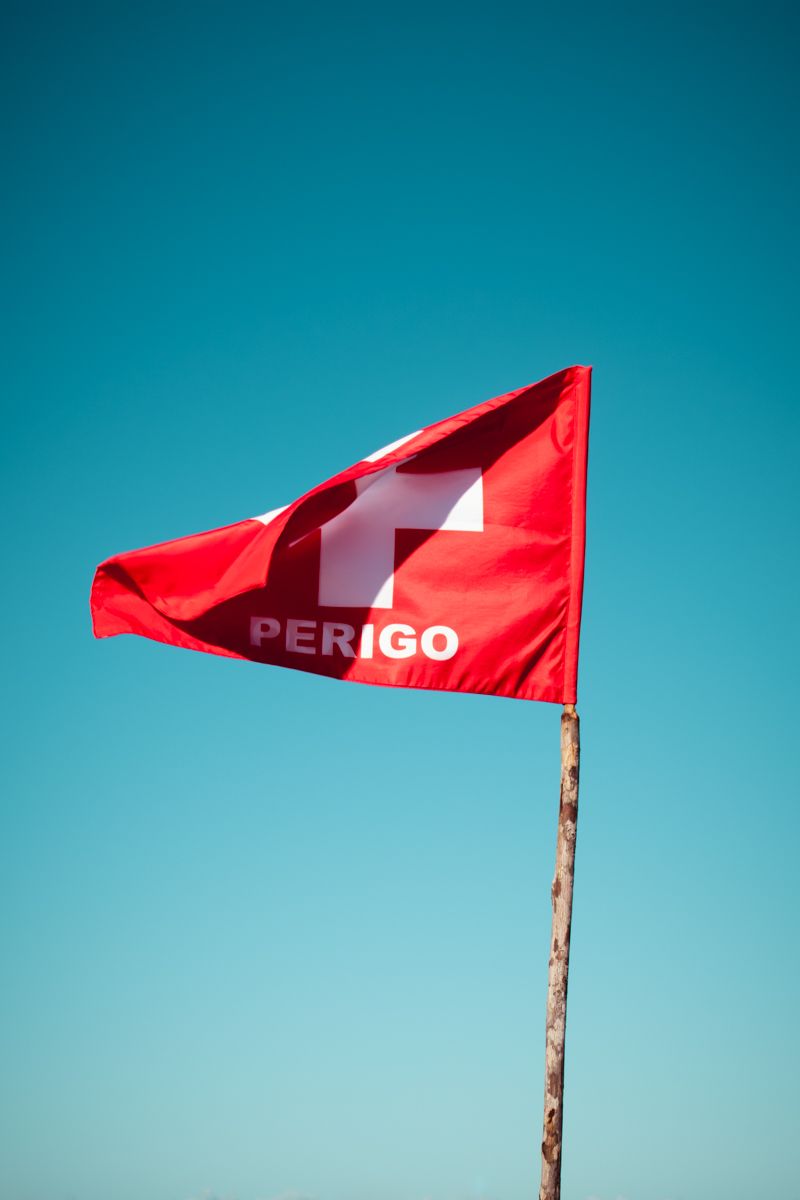
Peligro/Danger © Rafa Rojas
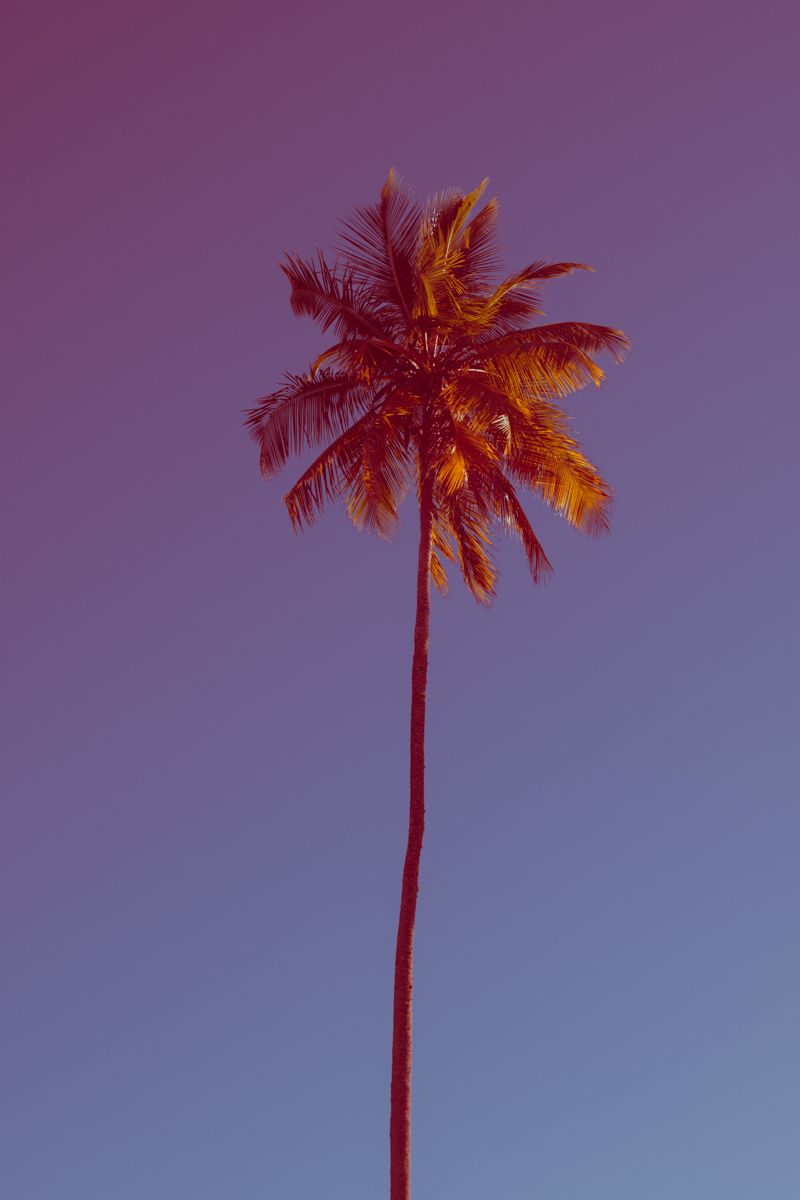
From ‘Santa Bahia’ © Rafa Rojas
CB: There are so many ways to express oneself in a 21st-century world — What makes photography your choice of expression?
RR: Honestly, I’m not sure. As I mentioned, I was always drawn to cameras, but at the same time, I didn’t grow up in an environment that was very focused on the arts. As I got older and became more interested in cinema and other art forms, photography ended up being the most accessible tool for me, I think. I also don’t believe I started taking photos with the intention of expressing myself artistically. I think, in the beginning, it was meant to be just a hobby that eventually evolved into something truly important in my life.
CB: Can you please talk about the ideas behind your work submitted to the Minimalism issue? How do they relate to your other projects, or how are they significantly different?
RR: The photos I sent are part of “Colors of a Grey City,” a series that has a colorful and minimalist approach, representing the contrast of the city I live in (São Paulo), a highly chaotic city nicknamed the “grey city.”
But beyond this series, I often create more minimalist photos, even in other projects or series. If you visit my website and check out the “Santa Bahia” series, for example, which was shot on a beach in the southern part of Bahia, Brazil, you’ll see that minimalism plays a strong role in my work, even in portraits. I like to pass on this “simplicity” of information in an image, but I’m also drawn to more “chaotic” works, full of information. I think it all depends on the place or subject I’m photographing.
CB: In your opinion, what makes a good photograph?
RR: I’ve been asked this question before, and I’m not sure if I gave a good answer. It’s a difficult question. I think it can vary a lot depending on the moment I’m living, both in how I respond and in my personal taste. For example, although I work more with color and minimalism, I love Vivian Maier’s photography, which is usually rich in detail and in black and white. But that’s the thing — I can’t give a single, straightforward answer. There are just too many possibilities.
CB: Your work from Brazil is specific to a certain place, but is the work specific only to the feeling of Brazil, or do you feel your work makes a comment on a broader level?
RR: This series is very specific to São Paulo (which is the largest capital in Brazil) and reflects the chaotic and grey atmosphere of the city, making it a personal “critique” of my experience living here. If you visit other places in Brazil, you will find completely different scenes and landscapes. Brazil is essentially a continent, so it has a lot of cultural, social, and environmental diversity. The “Santa Bahia” series I mentioned earlier was created in a region that is traditionally more “vibrant” and “colorful,” so it felt natural for me to use the colors and mood of that place. I believe I would photograph each place, city, or country differently, but minimalism would definitely play a part in some way.
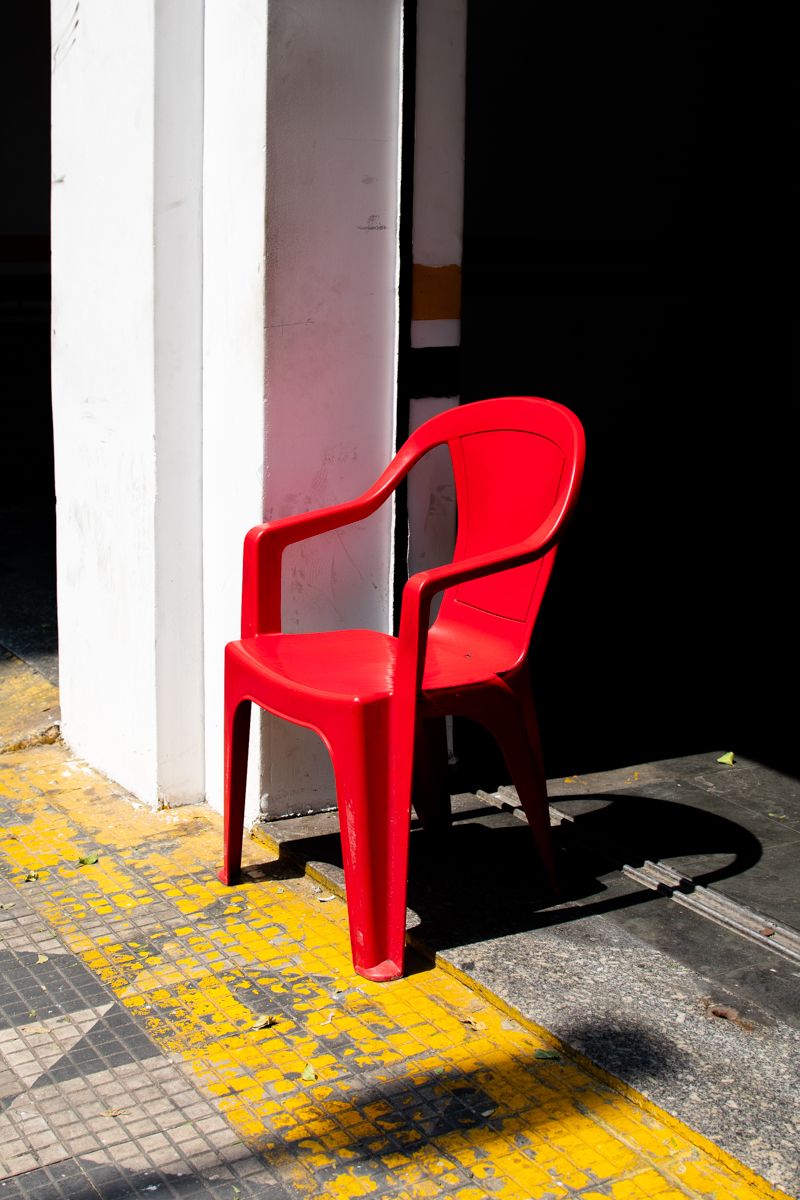
Red Chair © Rafa Rojas
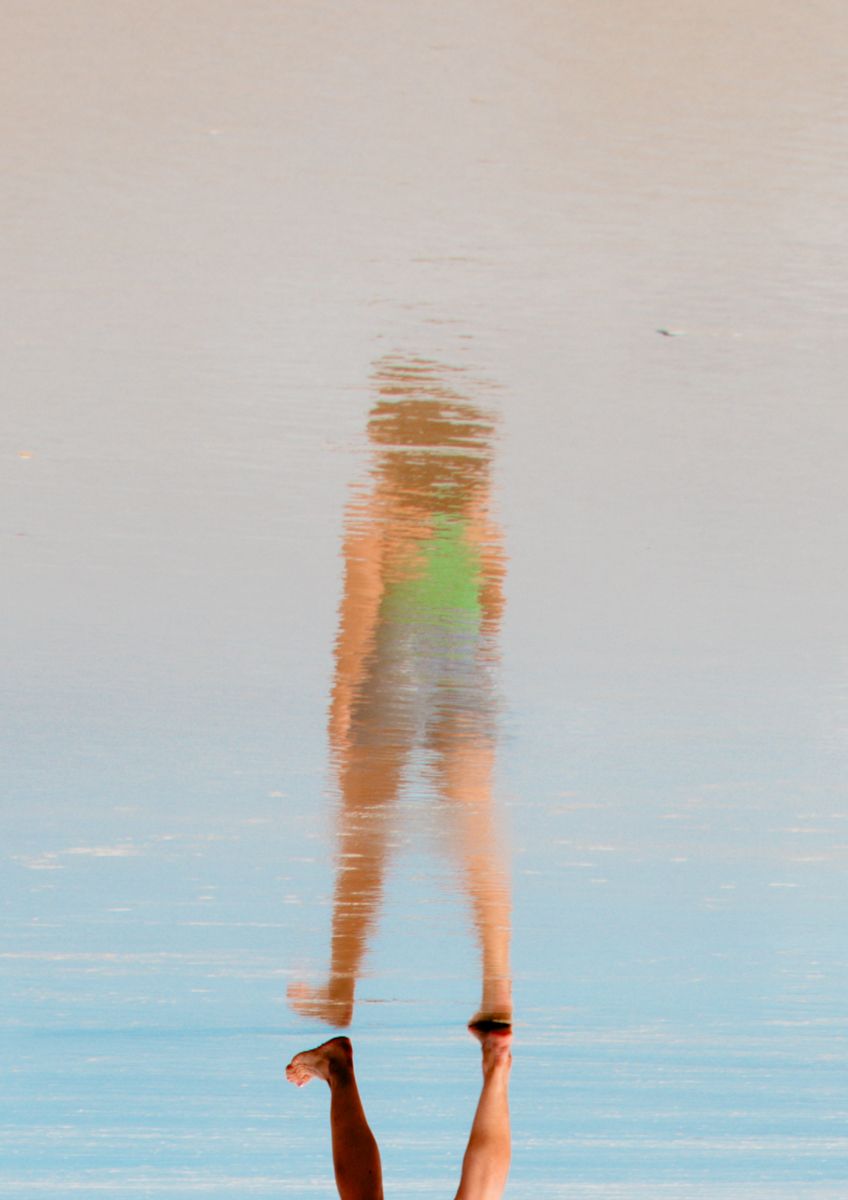
From ‘Santa Bahia’ © Rafa Rojas
CB: Which artists have been most important to you? What or who are your inspirations – and why?
RR: As I mentioned, I am greatly influenced by cinema. Wes Anderson’s films are a visual body of work that I really enjoy, thanks to their colors and compositions. I’m also drawn to the black-and-white cinema of the Nouvelle Vague, especially the films of Agnès Varda and François Truffaut.
Among the visual artists I mentioned earlier, I particularly appreciate Edward Hopper’s work; one of the things I admire about him is the element of solitude he incorporates into his images, that idea of a person alone in the scene. I think that has a certain influence on my work.
In photography, I admire Fred Herzog, William Eggleston, and Vivian Maier, whom I’ve already mentioned. I also draw inspiration from Brazilian photographers like Walter Firmo and Luiz Braga. There are so many sources of inspiration, and it’s hard to choose just one.
CB: What would you say if someone asked you to describe your photography?
RR: I’m the kind of person who finds it very difficult to talk about myself, both personally and professionally. I think the best description would be “a minimalism full of colors,” something like that. As I mentioned, I’m really not good at this.
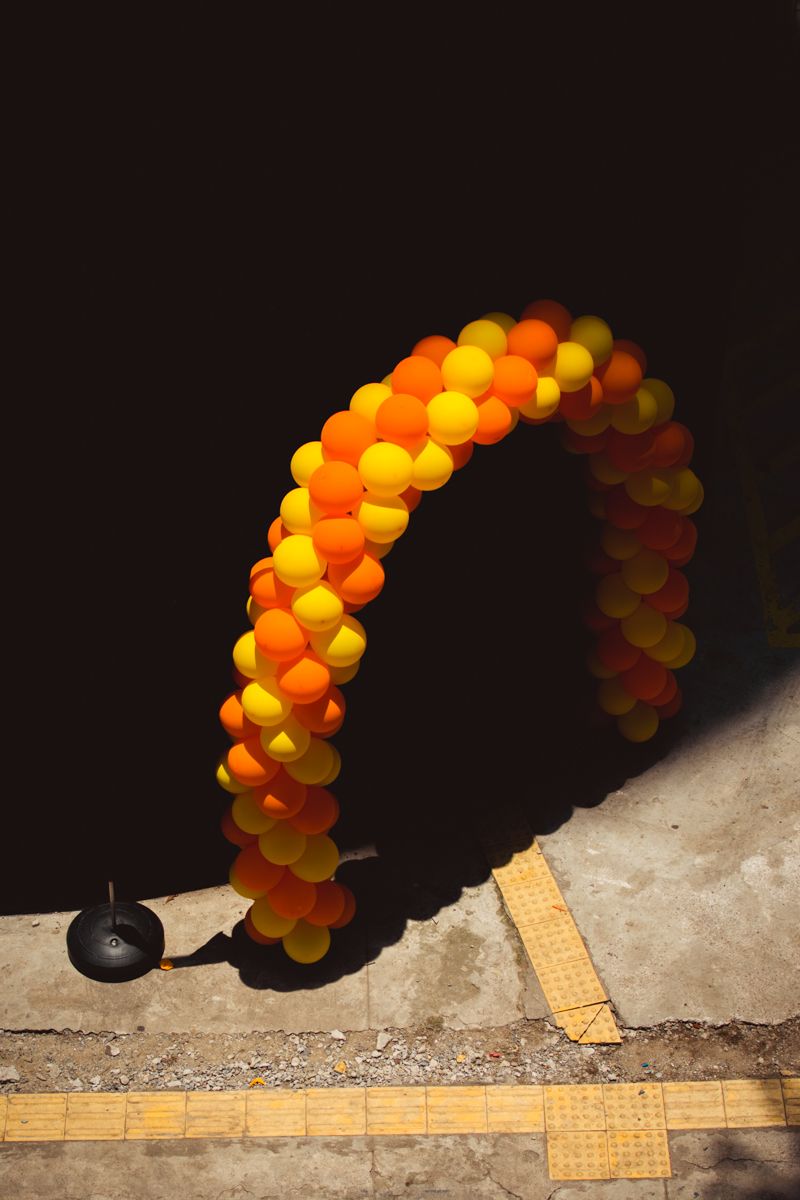
Portal © Rafa Rojas
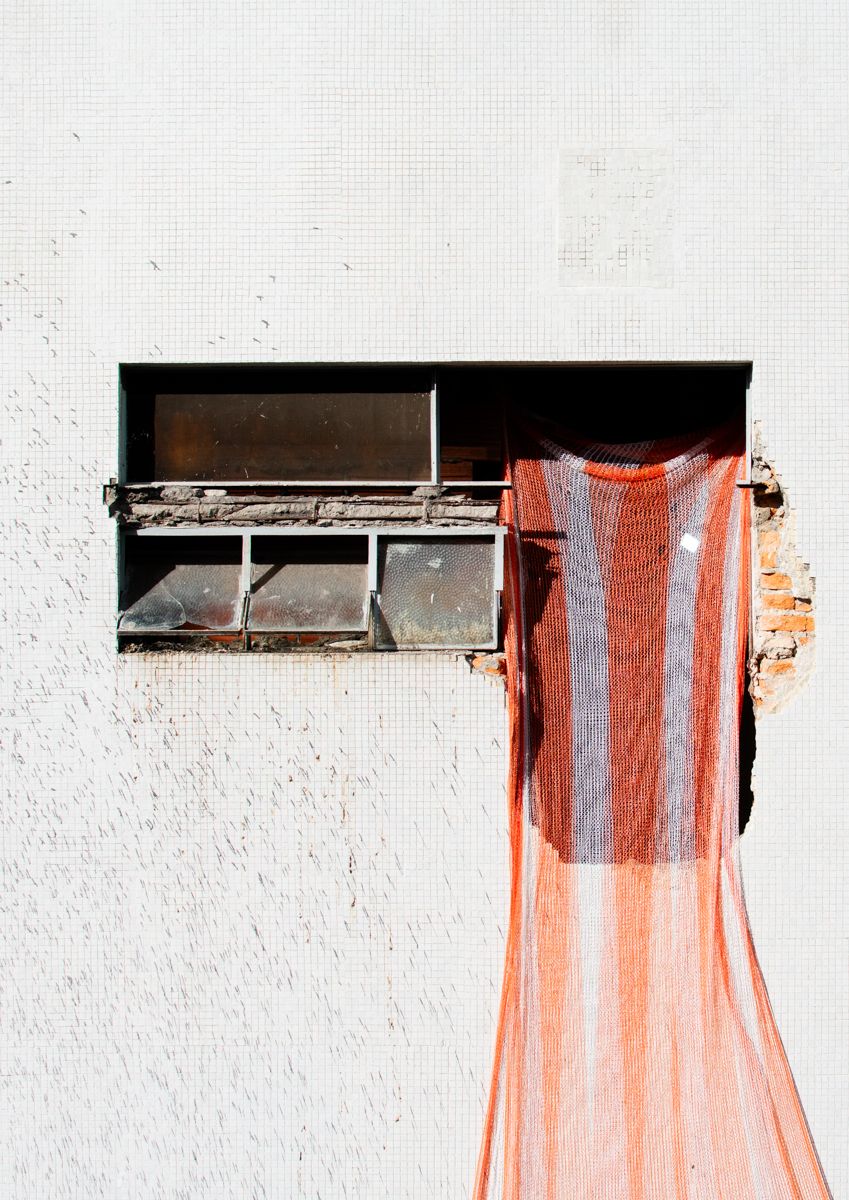
Obras © Rafa Rojas
CB: You have been the editor for multiple photography projects – what do you like about performing that role?
RR: I really enjoy this. I believe it significantly contributes to the evolution of my photography. I feel very comfortable experimenting with visual possibilities, in addition to the curatorial work that always happens in the projects I edit.
My first job as an editor was with myself, in a self-published book called “Underground Stories” at the end of 2021. However, in 2022, when I co-created the magazine “Imagem Vertigem” alongside TW Jonas (who is the founder of the Brazilian publisher Selo Vertigem), I truly had my first significant experience as an editor, especially by working with images from other artists. After that, I worked as a solo editor or co-editor on 2 books of collective projects, 2 of solo artists, in 6 or 7 photozines (which are simpler editions with 28 images) and 3 magazines. We are currently producing the third edition of the magazine “Imagem Vertigem”, where you can see a very nice evolution compared to the first two editions (we have a special appreciation for it within the publisher). Additionally, this year I was able to edit the book by photographer Rogério Vieira, titled “Somos Todos Alvos Aqui” (We Are All Targets Here) (this series was awarded last year by the Emerging Talent Awards from LensCulture). So, this experience of working with other photographers and artists, whether in collective or solo projects, becomes a great learning opportunity, in addition to being very enjoyable.
::
Rafa Rojas is a Brazilian photographer living in São Paulo. His work has been published in LensCulture, Noice Magazine, Street Photography Magazine, PhotoVogue, The Avenue Magazine, BROAD Magazine, Reset Chile, Revista Ampolleta Roja, as well as other Brazilian publications and exhibitions. To see his work, visit his website https://rafarojas.myportfolio.com/photos
Location: Online Type: Featured Photographer, Interview
Events by Location
Post Categories
Tags
- Abstract
- Alternative process
- Architecture
- Artist Talk
- artistic residency
- Biennial
- Black and White
- Book Fair
- Car culture
- Charity
- Childhood
- Children
- Cities
- Collaboration
- Community
- Cyanotype
- Documentary
- Environment
- Event
- Exhibition
- Faith
- Family
- Fashion
- Festival
- Film Review
- Food
- Friendship
- FStop20th
- Gender
- Gun Culture
- Habitat
- Hom
- home
- journal
- Landscapes
- Lecture
- Love
- Masculinity
- Mental Health
- Migration
- Museums
- Music
- Nature
- Night
- nuclear
- p
- photographic residency
- Photomontage
- Plants
- Podcast
- Portraits
- Prairies
- Religion
- River
- Still Life
- Street Photography
- Tourism
- UFO
- Water
- Zine

Leave a Reply